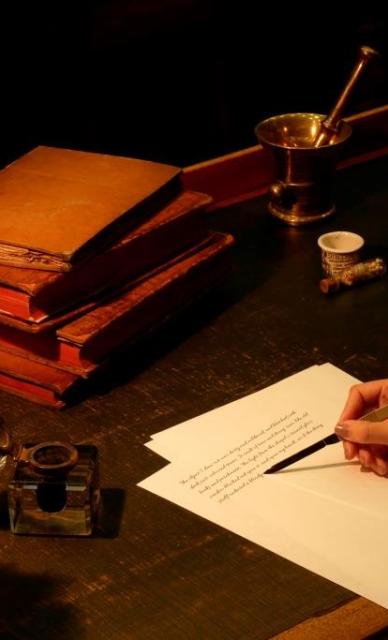Physicians' Gallery Newsletter
Updates on upcoming events, exhibitions and online stories
As physic gardens were linked to the identity and the establishment of the two distinct medical colleges in Edinburgh – the Surgeons’ and the Physicians’ - it is hardly surprising that the first “official” physic garden was created by two founding members of the College of Physicians of Edinburgh. Established in 1670 by Sir Robert Sibbald and Dr Andrew Balfour, the garden was located on the grounds of Holyrood Palace near Holyroodhouse.
Several of Edinburgh's physicians collaborated on the design of the garden and paid an annual fee for its upkeep and for importing foreign plants. James Sutherland (c.1639-1719), a young, self-taught gardener, was employed to run the garden and cultivate the plants. Immensely talented, he was soon teaching botany to medical students. He built an international network of correspondents who sent him seeds and plants and introduced a number of new plant species.
Eventually, Sutherland was made the King’s Botanist under a royal warrant of William III in 1699, and in 1710, in a Warrant of Queen Anne, he was made the first Regius Professor of Botany for the Royal Garden. Fittingly, given Sutherland’s importance for the development of physic gardens and medical botany, the “cancer bush”, Sutherlandia fuctescens, an indigenous medicinal plant of South Africa, is one of the species named after him.
By 1676 it became obvious that the physic garden was too small. But just how small was the small physic garden at Holyrood? And just how many plants were planted in it? Nobody knows. Most accounts agree that it was forty feet on each side, although some commentators argue that these dimensions are an underestimate.
This garden was moved to Leith Walk, and later to the Royal Botanic Garden Edinburgh.

Pomegranate (Punica granatum)

Physicians' Gallery Newsletter
Updates on upcoming events, exhibitions and online stories